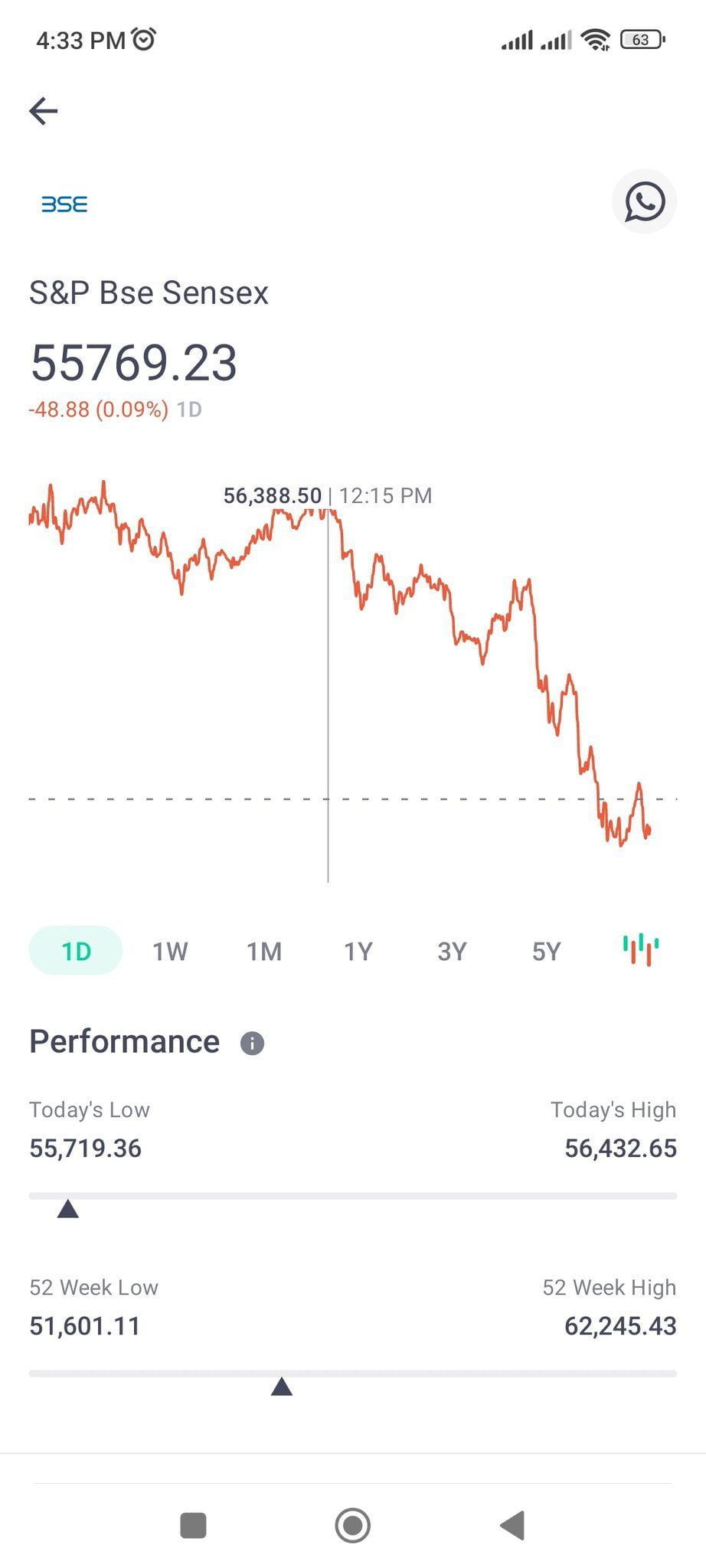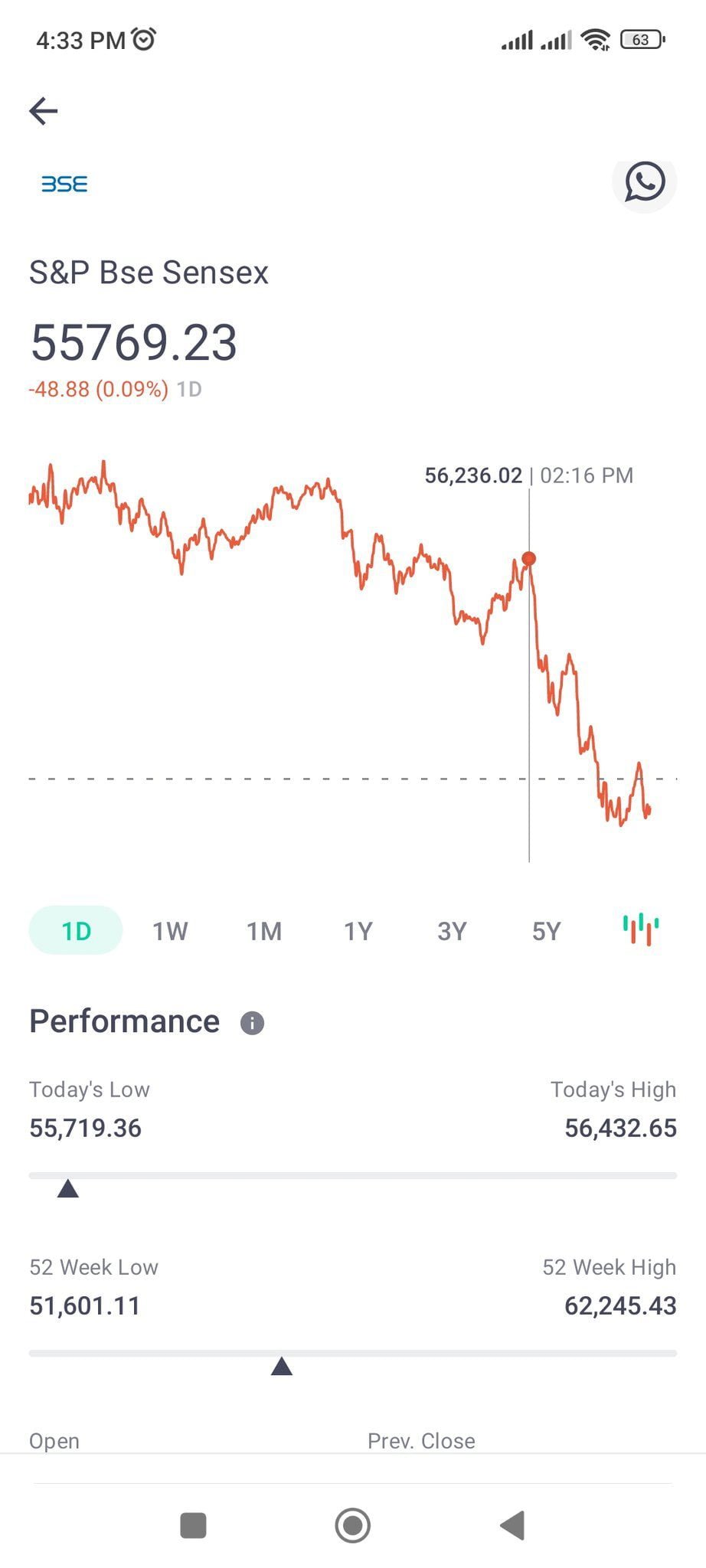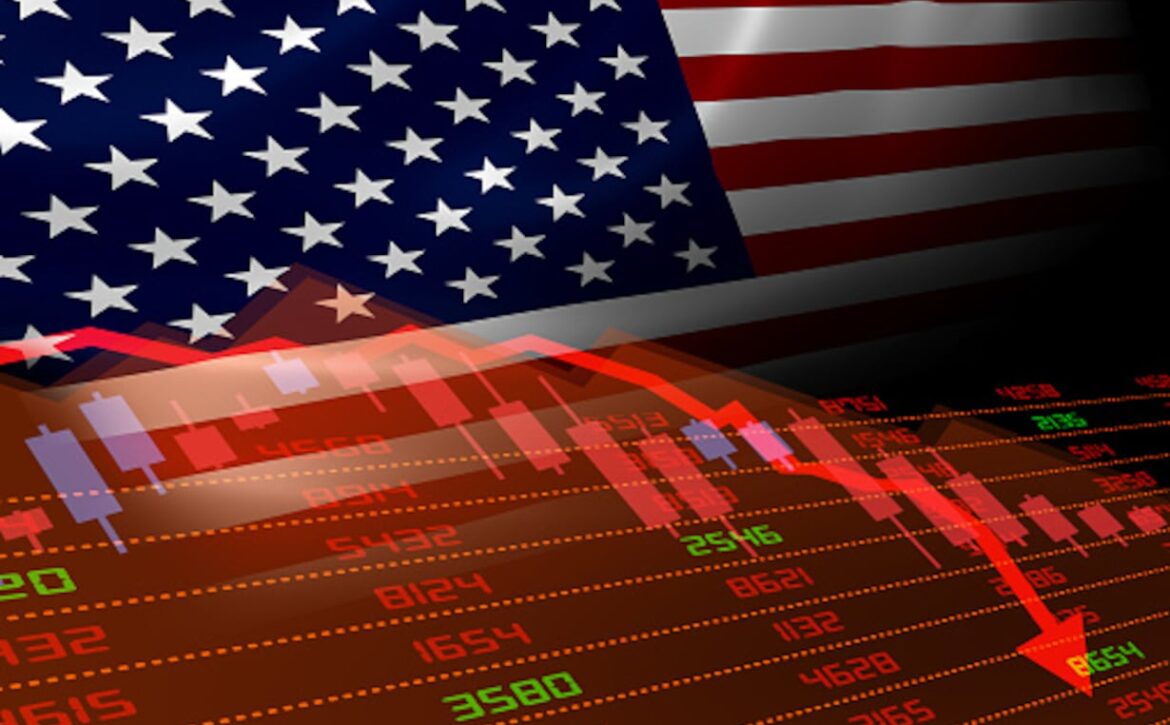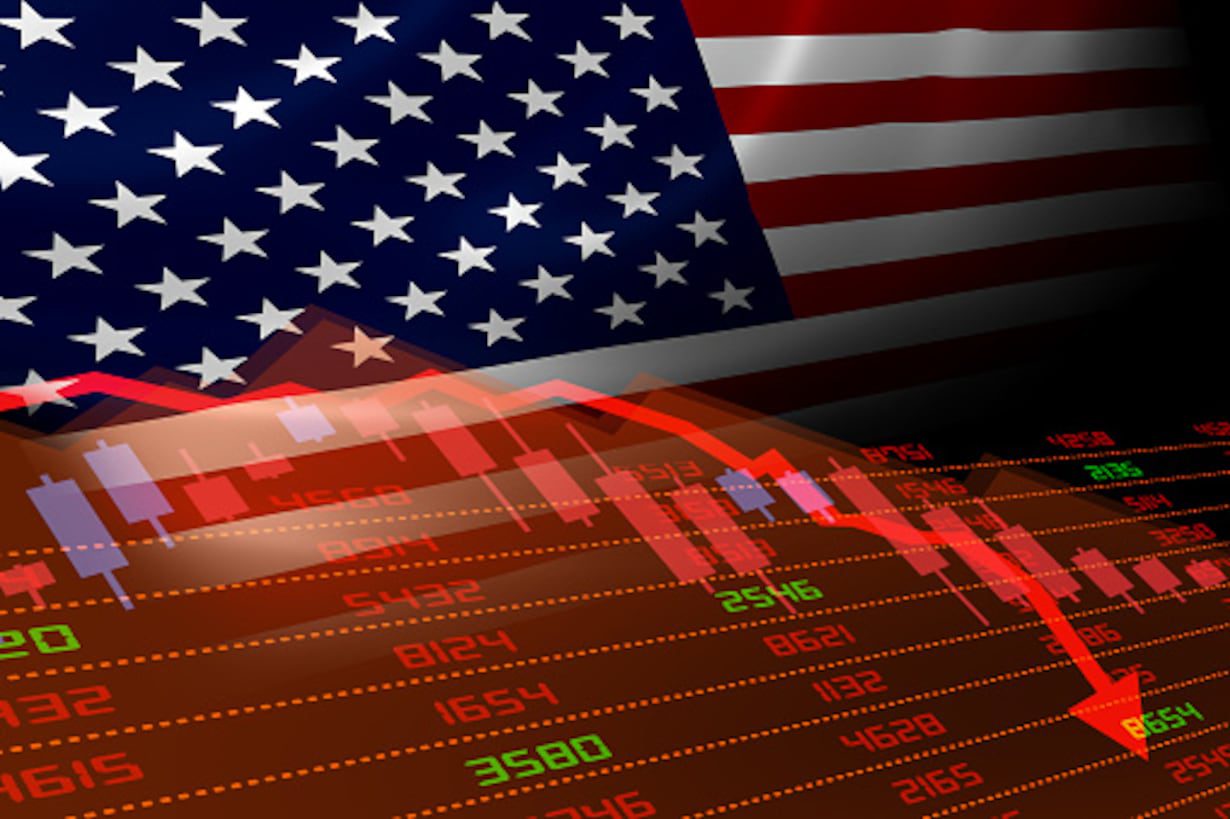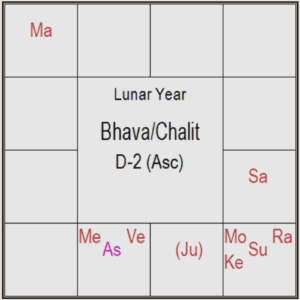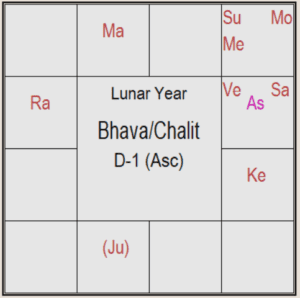Stock market trend of 2024 and Impact of Uranus, Neptune and Saturn
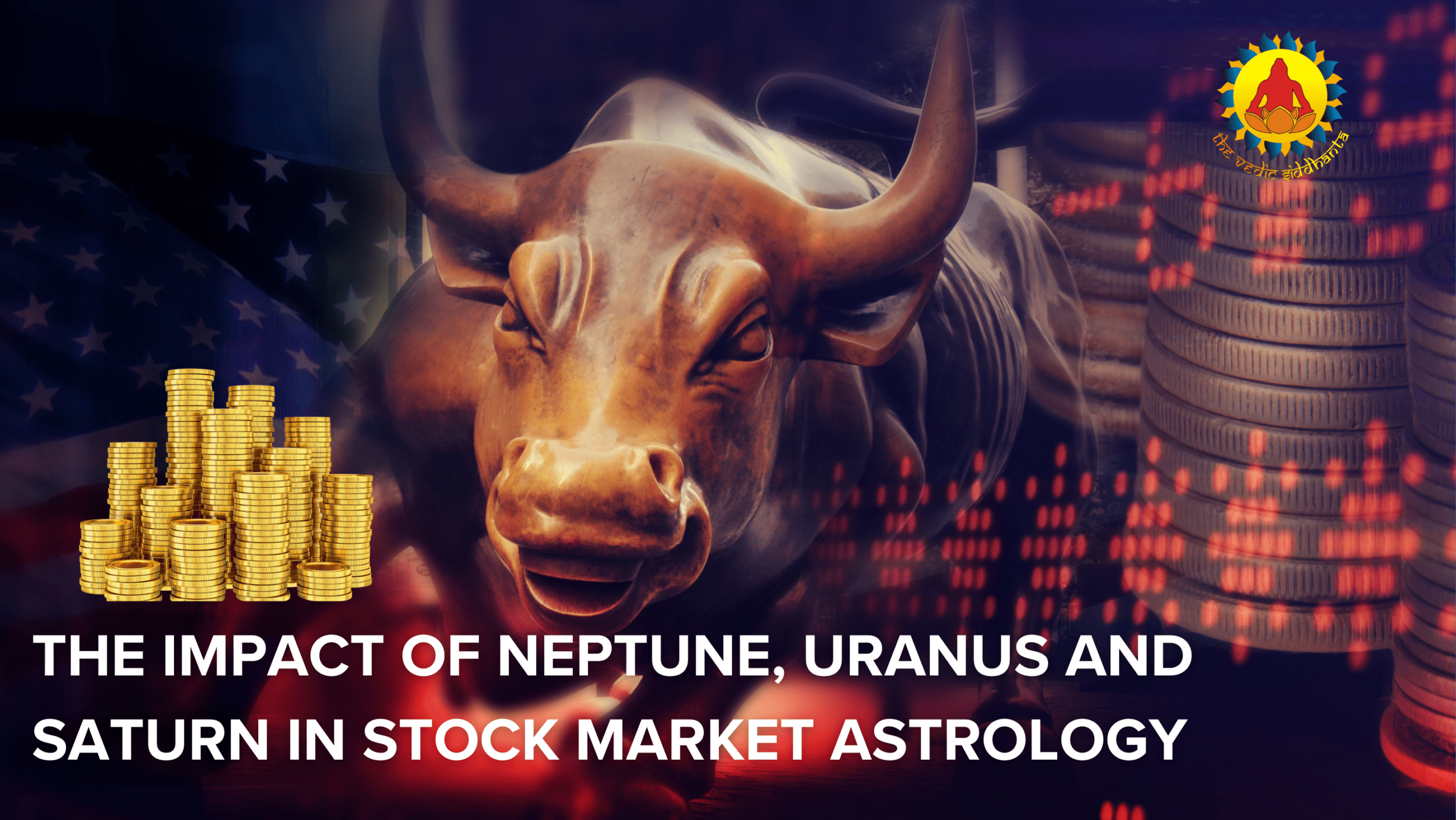
Stock Market trend of 2024
Introduction
As we enter the year 2024 in stock market world , investors and traders around the world are eagerly anticipating the stock market trends of 2024 i.e whether we have bull rally or bear rally unlike in year 2023 when Indian Stock market has seen rapid growth in Sensex, Nifty and other indexes and many of investors and traders are seeking insights into potential opportunities and risks in the year 2024 as well. While financial analysis and economic indicators play a crucial role in understanding market behavior, some individuals also turn to astrology to gain an alternative perspective on the stock market’s future trajectory.
What is Stock Market Astrology
Stock market astrology is a fascinating field that combines the principles of astrology with financial market analysis. This unique approach posits that the movements of celestial bodies can influence stock market trends, offering investors additional insights into market behavior.One of the primary benefits of stock market astrology is its potential to offer a different perspective on market trends. It can serve as a supplementary tool for investors, helping them make more informed decisions. However, it is essential to acknowledge that stock market astrology is not a science and should be used with caution. Relying solely on astrological predictions without considering traditional financial analysis can be risky.
Summary of Stock Market astrology Trend in 2024 : India & World
The stock market trends of 2024 are predicted to bring significant shifts and fluctuations, with the beginning of January month being a key time for these changes. Astronomers and financial experts believe that Jupiter’s momentum and speed will be linked to economic upheavals and inflation challenges, particularly during March 2025 and that will continuously bring fluctuation in market up to October 2024 from April 2024 after Jupiter change in momentum and the transit in the taurus sign , as soon Saturn moves closer to Neptune in a bearish Pisces sign.
Several major planetary alignments, geopolitical issues, US treasury issues, India and US elections Red Sea conflict, Israel-Palestine war, and Russia & Ukraine war challenge can also influence market trends during this period. Saturn’s transit through Aquarius is expected to have a substantial impact on the stock market, with strong growth in sectors such as IT, software, technology, space communication, and automobile industry. However, investors should exercise prudence and avoid disregarding potential hazards, as manipulation may be involved in stock investment.
Uranus’s transit in Aries is anticipated to cause disturbances and unforeseen alterations in market trends, particularly in sectors like banking, finance, healthcare, fintech, and real estate industry. Neptune’s presence in Pisces with Rahu can lead to increased volatility and free fall and possibility of bear momentum in the stock market during April, May, and June 2024 before Jupiter and Saturn retrograde momentum from 29th June and October 9th 2024 . This combination can result in an elevated feeling of idealism, creativity, and spiritual development, but can also lead to a downward trend in the stock market but with stability also. Positive point is this year we may see aggressive growth in commodity market specially in rare metals like Gold and Silver etc.
The psychological impact of Neptune’s presence in Pisces and Rahu can also have a significant impact on investors and traders due to upcoming volatility and free fall could be linked with geopolitical issues. This could lead to a sense of false hope or unrealistic expectations, urging caution and thorough research before making any investment decisions.
The stock market in 2024 is influenced by various factors, including the astrological configuration of Uranus as. Uranus, often associated with invention and unpredictability, can cause significant changes and disturbances in various aspects of life, including financial markets. In 2024, Uranus is predicted to be in the Aries and Taurus sign after Jupiter Momentum in taurus sign which is associated with growth, stability, and material wealth gain. This location may seem paradoxical, but it could lead to unforeseen fluctuations in sectors like technology, finance, and innovative businesses.
Uranus’ disruptive energy often brings unexpected and volatile shifts to the stock market, signaling periods of significant upheaval, both positive and negative. Its influence on the financial world is associated with financial innovation, technological advancements, and disruption of traditional financial systems. With the rise of fintech, Uranus has played a crucial role in shaping digital payments, cryptocurrencies, and blockchain technology. However, its energy can also lead to financial instability and unpredictability, leading to market bubbles and financial crises if not managed carefully.
Uranus affects the global economy by bringing about significant shifts in economic systems, trade agreements, and geopolitical dynamics. Its revolutionary energy often challenges the status quo and encourages innovation in economic policies and practices. However, it can also create economic disruptions and social unrest, necessitating proactive measures and adaptive strategies to mitigate their negative impacts.
Since April 2023, the Indian stock market has experienced significant growth, with the Sensex, Bank Nifty, and Nifty 50 experiencing a reverse trend. The Indian Sensex has crossed the 60,000 mark, an unprecedented achievement in history. However, the market has experienced a fall due to affliction on Uranus and Jupiter in Aries. Rahu, an expensive planet, is in a bull sign, and Jupiter is in a retrograde motion. The market may reach its highest point when Rahu shifts from a bull to a bear sign in Pisces, and Jupiter transitions from a stationary retrograde to a stationary state.
The market will shift its direction from December 31st to January 19th, 2024 and later we may see during April, May and June month as well, when it will be in a stationary direct state of 11 degrees in Ashwani Nakashtra to journey from Aries to Taurus sign in Kritika Nakshatra in year 2024. Jupiter will move to the earthy sign of Taurus in Kritika Nakashtra from May 2nd 2024, providing strength to the bank sector. Uranus is a significant factor in financial developments, market rise and fall, and inflation issues. When Uranus is in a bear sign, it can cause market values to rise and generate flutters.
The bank, PSU’s. Sensex, and Nifty will continue to be in a healthy position until Uranus is in conjunction with Jupiter in the Aries & Taurus sign in April, May, June and July 2024. The market may experience adjustments at the beginning of the following month due to the conjunction between Rahu and Neptune, as well as the 22-degree arc with Pluto and Saturn.
Astrology can have a psychological impact on investors, influencing their confidence and decision-making process. It can also impact market sentiment, leading to buying and selling decisions that align with predictions. Astrology can also serve as a risk management tool, highlighting potential market volatility or unexpected events. The combined energy of Uranus, Neptune, and Saturn can significantly influence stock market, geo-politics, financial world, and global economics in 2024. While it can create volatility and uncertainty, it also offers opportunities for innovation and growth. Astrology should be approached with a balanced perspective, considering other factors contributing to the complexities of financial and economic systems.
For the details analysis part lets move toward following sections to understand in-depth impact of the stock market scenario for this year 2024.
The Stock Market Trend of 2024 : General Astrological Perspective and Rules for Stock Market analysis

According to many astrologers and the financial experts, the year 2024 is expected to bring significant shifts and fluctuations in the stock market with the beginning of January month as soon as Jupiter will gain it’s momentum and speed and cover the distance toward Uranus, which is majorly linked with economic upheavals and inflation challanges that global market will going to see in near future specially during March 2025,once Saturn will move more closer toward Neptune in bearish Pisces sign. Several key planetary alignments, India and US Parliamentary elections upcoming Geopolitical issues and US treasury issues, Red Sea conflict , Israel- Palestine war, Russia & Ukraine war challenge can be believed to influence market trends during this period.
The Impact of Neptune, Uranus and Saturn in Stock Market in 2024
A Look at Stock Market Astrology, the Financial World, and World Economics
Below are major Planetary alignments or placements which can have a strong impact on the Stock market sentiments and we can see regular corrections as well as gain too in the Stock market before April 2024.
- Saturn in Aquarius : The transit of Saturn through Aquarius is believed to have a substantial impact on the stock market in 2024 as soon Saturn will leave its Nakashtra placement from Satabisha to Poorvabhadra.Saturn Satabisha Nakashtra stay has given strong growth in the IT, Software industries, Technology, Space Communication, & Automobile industries. There is a strong claim that this celestial alignment may result in heightened market volatility and unpredictability due to the forthcoming alterations in the saturn nakshatra post April 2024. Investors must anticipate abrupt fluctuations and exercise prudence in their decision-making process from mid of January to 2nd June 2024.During this tenure Both Saturn & Jupiter will move aggressively and gain their respective speeds and momentum which can strongly influence decision making of the investors and traders and we can see strong volatility and instability as well.
- Jupiter in Aries and Taurus : there will be a major shift of Jupiter’s transit from Aries to Taurus around endings May and in the beginning of June : Jupiter’s placement in the Aries is thought to create a sense of positivity and growth to the market due to its strong planetary alignment with the North node Rahu and Uranus in a bull sign. This alignment has given potential to result in growth opportunities, namely in sectors associated with spirituality, treasury , Finance sector, Fintech technology companies, Banking,and healthcare etc. Nevertheless, investors should use prudence and refrain from disregarding potential hazards as there was manipulation also involved in stock investment.
- Uranus in Aries : The transit of Uranus in Aries is anticipated to cause disturbances and unforeseen alterations in the market trends in near future when Jupiter will be closer toward the Uranus around May & June 2024 , It can cause challanges in global economy and inflation particularly when it is influenced by Jupiter in the upcoming period.Investors are advised to anticipate abrupt fluctuations in sectors such as banking, finance, Healthcare, Fintech and real estate sector. Being flexible and adaptable nature will be crucial for successfully navigating these changes.
- Neptune in Pisces with Rahu : Rahu, the North Node of the Moon, is known for its ability to create sudden and unexpected events especially when it is aligned with Bearish planets like Mars, Saturn & Mercury. It also represents desires, ambitions, and worldly attachments. When Rahu is in Pisces, it will intensifies Neptune’s influence, amplifying the potential for illusion and confusion. This combination of Neptune and Rahu can lead to increased volatility in the stock market during the month of April, May & June 2024.
- Investors may find it challenging to predict market trends accurately, as the influence of Neptune blurs the lines between reality and speculation. This can result in sudden market swings and increased uncertainty. The presence of Neptune in Pisces with Rahu signifies the conjunction of the planet connected with dreams, illusions, and spirituality. It symbolizes the abstract elements of existence and motivates us to access our intuition and imagination.
- Pisces, being a water sign, is renowned for its profound emotional capacity, empathy, and susceptibility. During the transit of Neptune through Pisces, in conjunction with Rahu and forming a 30-degree arc with Saturn, the traits of both the planet and the sign can be intensified, resulting in both positive and bad effects in Market sentiments and the geopolitical issues. This combination can result in an elevated feeling of idealism, creativity, and a longing for spiritual development, but it can also lead to a downward trend in the stock market. Nevertheless, it can also result in perplexity, deceit, and a proclivity to evade reality in the interconnected world.
Upcoming Psychological Impact on Investors & Traders in Stock Market
Neptune’s presence in Pisces along with North node Rahu can also have a strong psychological impact on the investors & traders due to upcoming volatility that can be visible in the month of April & May 2024, initial signal we can start assuming from March 2024. The heightened sense of idealism and desire for spiritual fulfillment may lead some investors to make decisions based on intuition rather than rational analysis. While intuition can be a valuable tool, it is essential to strike a balance between intuition and sound financial judgment.
Additionally, the illusionary nature of Neptune can create a sense of false hope or unrealistic expectations. Investors may be tempted to chase after quick gains or invest in speculative ventures without fully understanding the risks involved. It is crucial for investors to exercise caution and conduct thorough research before making any investment decisions.
Impact of Uranus Transits in Aries and Taurus in Stock Market trend of 2024

When considering the stock market in the year 2024, it is crucial to take into account the diverse aspects that can impact it. An influential aspect that can affect market patterns is the astrological configuration of the planet Uranus. Although astrology is not a typical means of studying the stock market, it is intriguing to investigate the potential influence of celestial bodies on financial markets.
Uranus is frequently linked to invention, alteration, and unpredictability in the field of astrology. It symbolizes the innate longing for liberation and the aspiration to defy conventional standards. When Uranus aligns with specific astrological aspects, it has the potential to cause substantial changes and disturbances in different parts of life, including the financial markets.
Although astrology should not be relied upon as the main determinant for investment decisions, several analysts argue that the alignment of Uranus might offer valuable insights into possible patterns in the stock market. Uranus is renowned for its disruptive force, and when it aligns with other celestial bodies or major points in the astrological chart, it can signify periods of instability and unforeseen fluctuations in the market.
In 2024, Uranus is forecasted to be positioned in the astrological sign of Aries which is commonly connected with Fire element, Bull trend, growth , stability and material wealth gain with hook and crook . This location may appear paradoxical, given Uranus’s reputation for its capricious disposition. Nevertheless, the conjunction of Uranus in aries has the potential to cause unforeseen fluctuations in financial markets, namely in sectors such as technology, finance, and inventive businesses.
The Influence of Uranus, Neptune & Saturn on Stock Market Astrology trend of 2024
Uranus, with its disruptive energy, often brings unexpected and volatile shifts to the stock market. As an outer planet, its influence is long-lasting and can span several years. When Uranus aligns with key points in an astrological chart related to the stock market, it can signal periods of significant upheaval, both positive and negative.
During Uranus transits, we often witness sudden market crashes or booms, as well as the emergence of new industries and technologies. These shifts can create both opportunities and challenges for investors and traders.
Role of the Uranus and the Financial World in Stock Market Astrology
In the realm of finance and Stock Market Astrology , Uranus is associated with financial innovation, technological advancements, and the disruption of traditional financial systems. It often brings about changes in the way we handle money, invest, and conduct financial transactions.
With the rise of financial technology, or fintech, Uranus has played a crucial role in shaping the landscape of digital payments, cryptocurrencies, and blockchain technology. These innovations have the potential to revolutionize the financial world, offering greater efficiency, transparency, and accessibility.
However, Uranus’ influence can also lead to financial instability and unpredictability. Its energy encourages risk-taking and speculative behavior, which can result in market bubbles and financial crises if not managed carefully.
Uranus, Outer Planets and Impacts on the global Economical challenges : Global Stock Market
On a broader scale, Uranus affects the global economy by bringing about significant shifts in economic systems, trade agreements, and geopolitical dynamics. Its influence can be seen in the rise and fall of nations, the emergence of new economic powers, and the reshaping of international alliances.
Uranus’ revolutionary energy often challenges the status quo and encourages innovation in economic policies and practices. It can lead to the adoption of progressive economic models, such as sustainable development, green technologies, and social entrepreneurship.
At the same time, Uranus can also create economic disruptions and social unrest, particularly when sudden changes in economic structures lead to job losses, income inequality, or financial instability. These shifts require proactive measures and adaptive strategies to mitigate their negative impacts and ensure a smoother transition.
Uranus, Neptune, Jupiter and Rahu Planetary alignment and Stock Market astrology trend of December 2023 – January 2024

Stock Market trend of 2024
If we look into more deeper level approach uranus is currently in a bull sign, along with Jupiter in a fiery sign (Aries in Bahrani and Ashwani Nakshatra) around 11 and 25 degrees. Both of these signs are in the sign of the bull. The Venusian sign of Bharani is a Nakashtra that is known for its transforming qualities. Since the beginning of April 2023, we have witnessed a substantial increase in the values of stocks as well as an overall increase in the Sensex, Bank Nifty, and Nifty 50.
The market has shown a reverse trend, and we have seen consistent growth in both the Nifty and the Sensex. Additionally, the Indian Sensex has crossed the barrier of 60,000, which is something that is very unusual in nature, and I have never seen the Indian market have crossed this mark in history ever.
This is something that I have never seen before. Nonetheless, in my initial observation earlier, it had to give a fall in the Sensex in a long-term trend due to affliction on Uranus and Jupiter in Aries. Rahu is an expensive planet, and its basic nature is amplification. In the bull and fiery signs, the market has shown a reverse trend.
At the same time when Jupiter and Uranus are in retrograde motion, Rahu is required to remain in the bull sign until October 31, 2023. All of the records have been broken up until this point, and it is possible that the market will reach its highest point for the first time once Rahu shifts from the sign of bull to the sign of bear in Pisces and Jupiter transitions from the stationary retrograde to the stationary state. This will be followed by a period of direct movement beginning on December 30, 2023, and continuing until it reaches its stationary degree of 11 around December 13, 2023. At this point, the market will have completely broken all of the records.
Now the market will shift its gear from 31st December 2023 onward to 19th January 2024 when it will be in stationary direct state of 11 degree in Ashwani Nakashtra and Nakshtra lord ketu already moved to the Virgo sign ( again bear sign ) from the Libra which is considered as Airy and and volatile and as per observation it has seen first market usually pick it’s speed and break all the records high in Bull state ( specially banks stocks ) and later once Jupiter picked it’s speed from stationary direct to direct and will move its 1 degree ahead from 11 degree there will be change in the market direction from 19th January 2024 onward and once sun move closer to Saturn and the Jupiter in Aquarius and aries sign we can have market direction from bull to bear state probably around this period.
While its initial results can be seen after January 26th onward when Uranus will move to its stationary direct state and later on from March/April and May 2024 onward we can have more probability of market direction will change from top to bottom as the same time we may have semi sextile aspect (30 degree) between Saturn and Pluto and further Neptune will also move closer towards the Rahu as well in the Pisces sign which is also a bear sign and it gives mixed results, both fall and rise.
Jupiter will move to the earthy sign of Taurus in Kritika Nakashtra as well, which will further provide strength to the bank sector. The good thing about this period is that the bank will resist its state and it will still go up because of the Saturn movement in Jupterian Nakashtra later in April 2024. Additionally, Jupiter will move to the sign of Taurus in Kritika Nakshatra, which will also support the bank sector.
Whenever Uranus is in a bear sign and in affliction, it has a tendency to jolt the market and issues that are related to the financial sector.
Uranus is the significator of unseen and unexpected developments in the world, particularly in matters pertaining to finances, market rise and fall, and issues relating to inflation. This is the explanation behind this.In the same way as Saturn does, it also causes market values to rise, and it even generates flutters due to the fact that it behaves in an uncertain manner. Additionally, it brings about sudden shifts in wild variations in the procedure while they are in ailment and in bear indications.
When Uranus has a partnership with two expanding planets like Rahu and Jupiter, the market might suddenly become bullish in bull signs like Aries, Leo, and Sagittarius. This can happen when the market is connected to Uranus.
When taken as a whole, we are able to assert that the bank, together with the sensex and the Nifty, will continue to be in a healthy position until such time as Uranus is in conjunction with Jupiter in the sign of Aries in April and May of 2024.
solely a competition We are able to recognize the issue as a result of the conjunction between Rahu and Neptune, as well as the 22-degree arc with Pluto and Saturn. Additionally, as a result of this additional assignment forming in bear signs, we may observe some adjustments at the beginning of the following month.
Let us keep our fingers crossed that the Indian market will act in a positive manner during the approaching geopolitical wars that could break out at any point between March and April of 2024 for any reason.
Related Article :
Mercury Retrogression and Effect on Stock Market and Commodities trading
The Impact of Astrology on Stock Market Decisions in 2024

It is important to note that astrology should not be the sole basis for making investment decisions. While astrological insights can provide an additional perspective, they should be used in conjunction with thorough financial analysis, market research, and consultation with financial advisors.
1. Psychological Impact: Astrology can have a psychological impact on investors. Believing in certain astrological predictions may influence their confidence and decision-making process. Positive or negative expectations based on astrological insights may lead to self-fulfilling prophecies in the market.
2. Market Sentiment: Astrological predictions can also impact overall market sentiment. If a significant number of investors believe in certain astrological forecasts, it may influence their buying and selling decisions, leading to market movements that align with those predictions.
3. Risk Management: Astrology can serve as a risk management tool by highlighting potential periods of market volatility or unexpected events. Investors who are aware of astrological forecasts can take precautionary measures, such as diversifying their portfolios or adjusting their investment strategies accordingly.
Conclusion
Over we can say with the combine energy of Uranus, Neptune and Saturn with their transformative energy, it can plays a significant role in mundane and financial astrology in year 2024, particularly in relation to the stock market, Geo-politics, the financial world, and global economics. Its influence can bring about sudden changes, both positive and negative, in these areas.
While Uranus can create volatility and uncertainty, it also offers opportunities for innovation, growth, and progress. Understanding its influence can help investors, financial institutions, and policymakers navigate the ever-evolving landscape of the stock market, the financial world, and world economics.
As with any astrological analysis, it is important to approach it with a balanced perspective, considering other factors and variables that contribute to the complexities of the financial and economic systems. Astrology can provide insights and guidance, but it should not be the sole basis for decision-making.
Reference, Links and Resources :
https://www.tradingview.com/script/zkXTcBZi-Financial-Astrology-Uranus-Harmonics/
With Best Regards,
Rocky Jamwal
Views: 2136






